Giant Camel
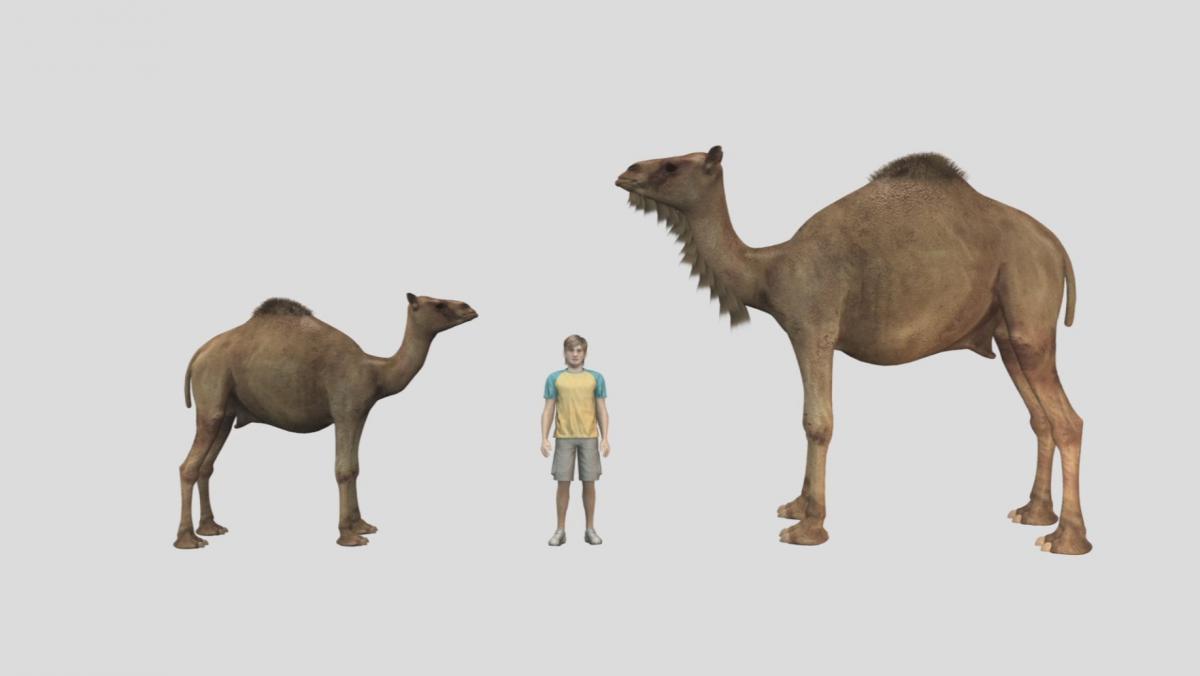
The history of camels is very interesting and not that widely known. People see them and assume they’ve always lived in the deserts of Middle East and Africa but their roots are as far as North America, where the first camels came to be. 40 million years ago rabbit sized camels were prancing around the prehistoric USA and from them a giant was born. This camel was huge, 3.5 meters tall and weighing more than 2 tonnes. It was a nasty creature too, with big canine teeth, something you don’t want to anger. Most likely the climate change made them extinct, alongside many other giant animals.
Giant Ape
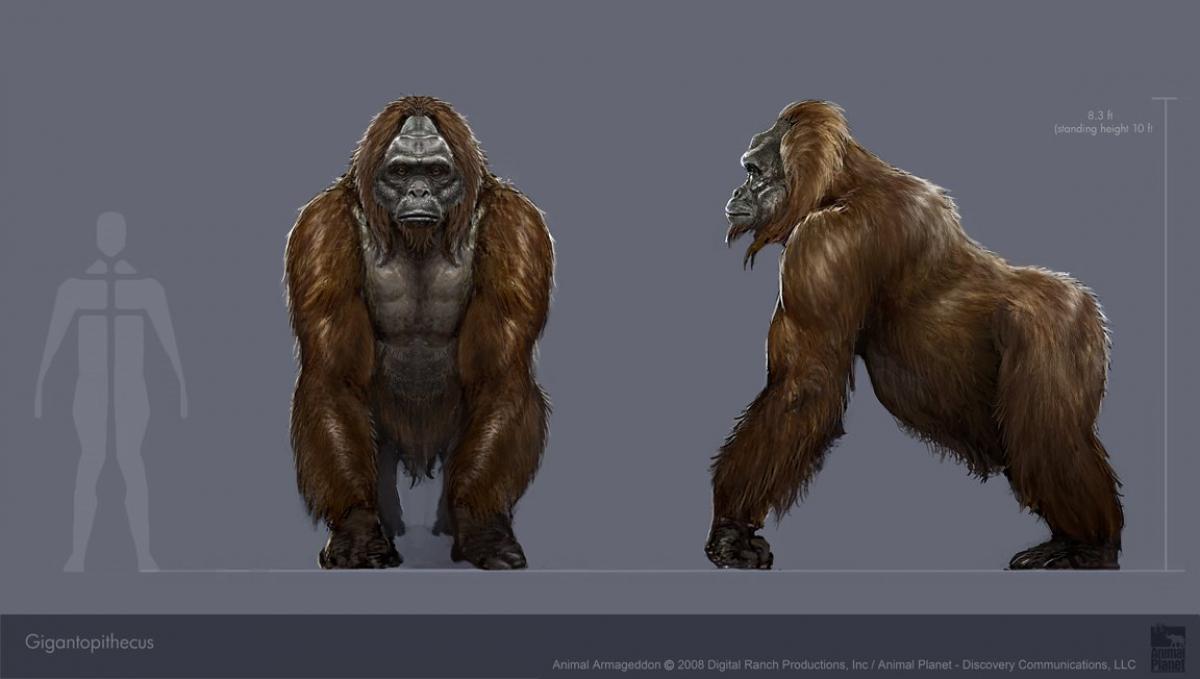
The tales of yetis are very interesting and many people believe they are still out there. Well, they were at least. Meet Gigantopithecus, the ape that walked the Earth from 9 million years to about a couple of thousands years ago. It was a huge beast, living in Asia(China, India and Vietnam). 3 meters tall, 450 kilograms, most likely moving on all fours and extremely strong. Scary. There is a catch though. Relatively few parts have been discovered, mostly just big teeth. This makes the whole thing a bit sketchy, maybe it was just a deformed normal ape.
Giant Echidna
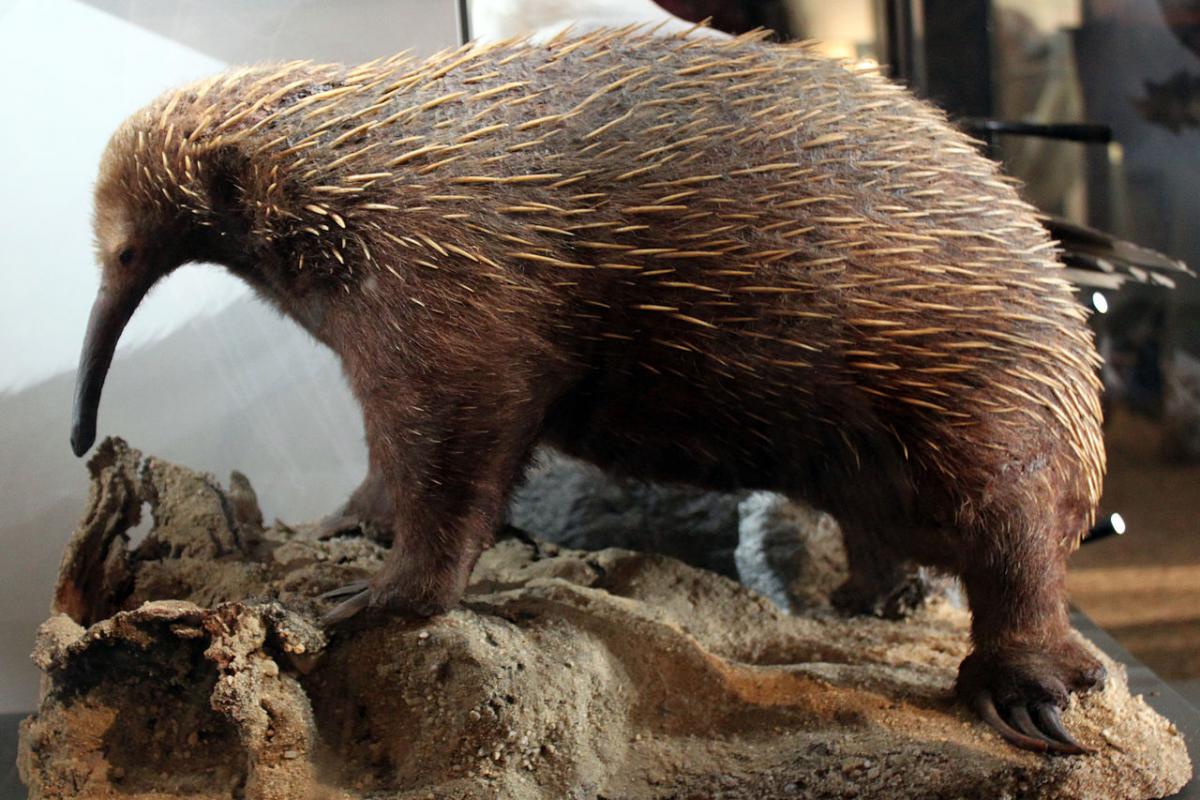
Now this is very weird. Echidnas look like hedgehogs but they are in fact a mix between a mammal and a reptile. They are warm blooded and have milk. They also lay eggs and have a cloaca. Similar to the platypus, this animal was thought to be a joke at first but as it turns out they are very real and even exist today. They are also not known to be very big. However picture this – an echidna as big as a sheep, weighting 50 kilograms in comparison to today’s 16. Changes in Australia 40 000 years ago probably led to its extinction.
Giant Short-faced Kangaroo
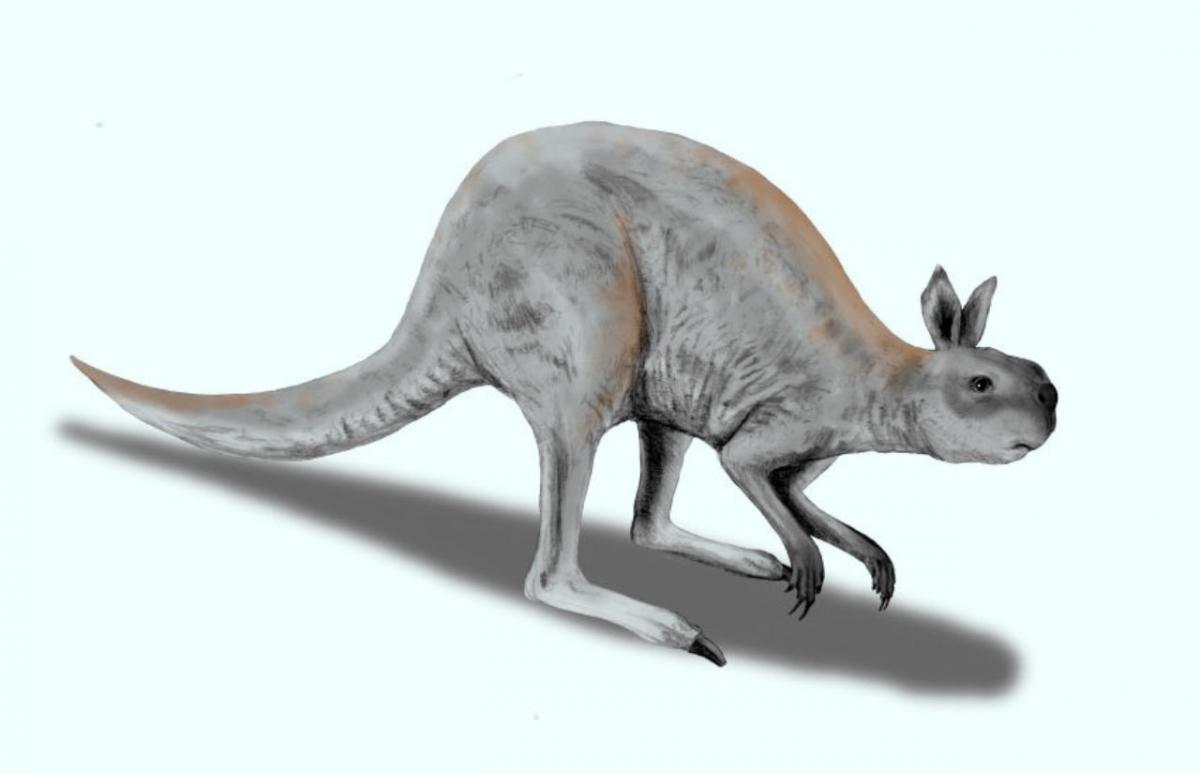
Kangaroos are unique and adorable. Their hopping antics and they way they carry their little ones have inspired numerous animations and TV shows. And as most other animals they did have their own interesting giant brethren. The largest kangaroo of today, the red kangaroo, is about 1.8 meters tall and weighs 90 kilograms, as much as a human male. The Giant Short-faced kangaroo however was 200 kilograms and his height easily reached above 2 meters. His looks were very peculiar as well, his head looked like a koala head, he only had one giant toe to hop on and his paws were more like hooks. As with the Giant Echidna, changes about 40 000 years ago put an end to its reign.
Giant Monitor Lizard
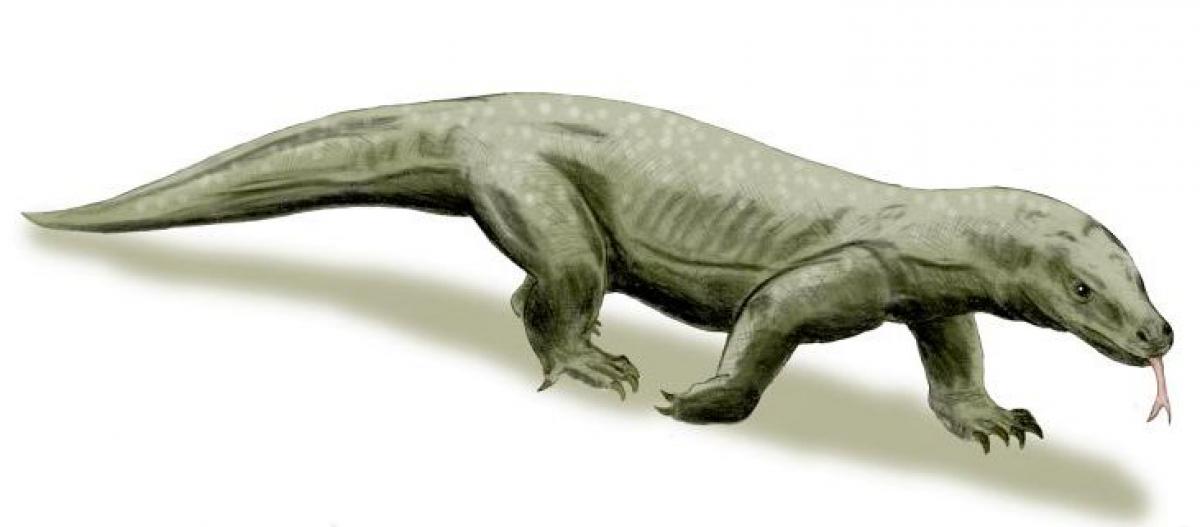
Australia again, and it is time for one of its greatest predators to shine. Picture today’s Komodo Dragon, 3 meters long and 166 kilograms. Nothing special by the Giant Monitor Lizard’s standards. These guys were up to 7 meters long and weighed a ton. Ouch. It is hard to think of any other Australian predator that can fight this monstrosity. It was definitely carnivorous and put the fear into the first humans, who colonized the continent. It disappeared about 40 000 years ago.
Giant Lemur
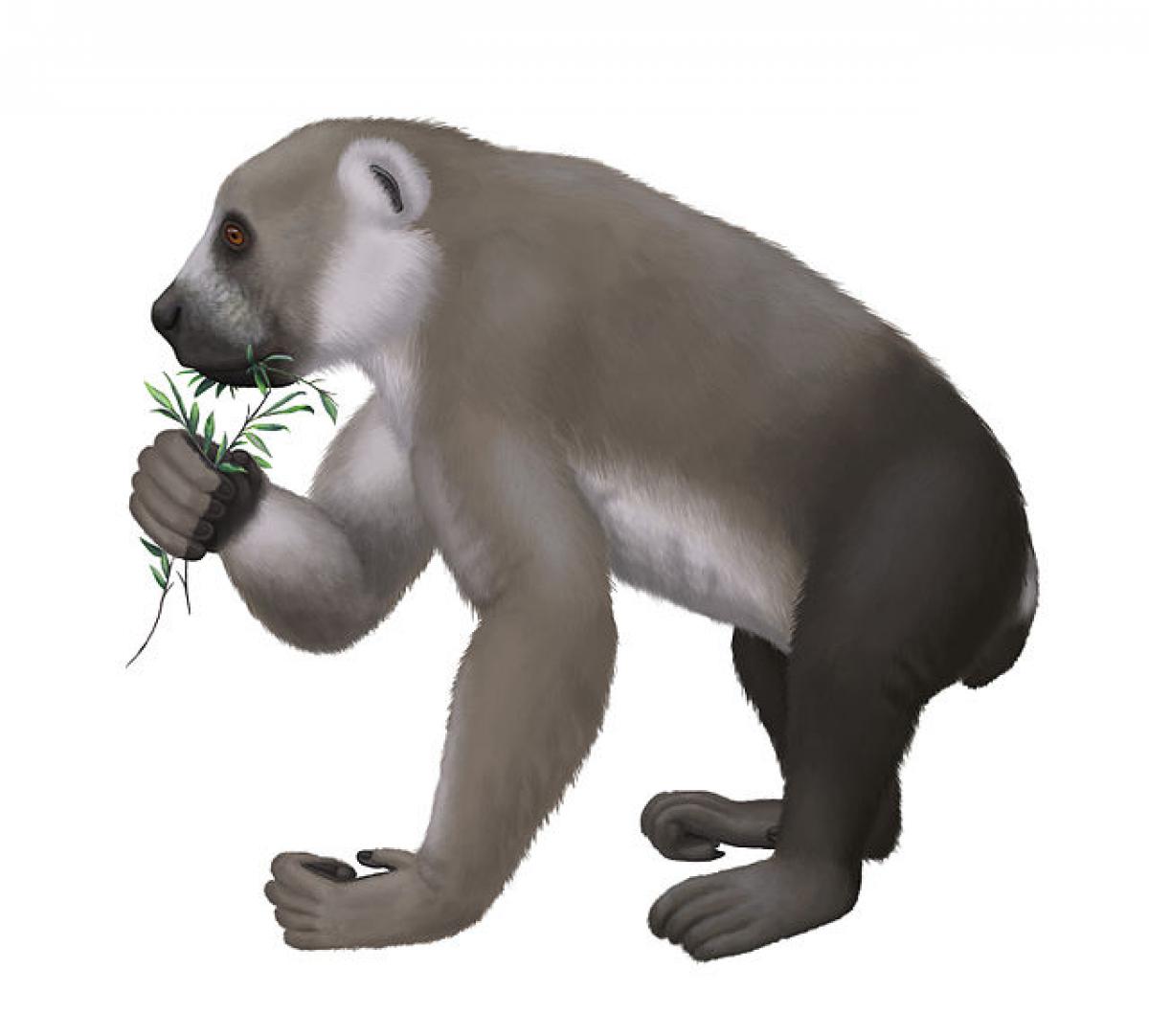
Madagascar is a fascinating place because of its isolation. The island was connected to both Africa and India millions of years ago but eventually tectonic movement made its ecosystem unique and some of its inhabitants are not seen anywhere else. It is the same for the lemurs, which interestingly enough came from Africa and didn’t disappear from Madagascar because they had no competition. Well, until humans came that is. The Giant Lemur was as big as a koala bear and most likely very tasty. The full scale deforestation and hunting caused them to disappear from the face of the Earth.
Giant Ground Sloth
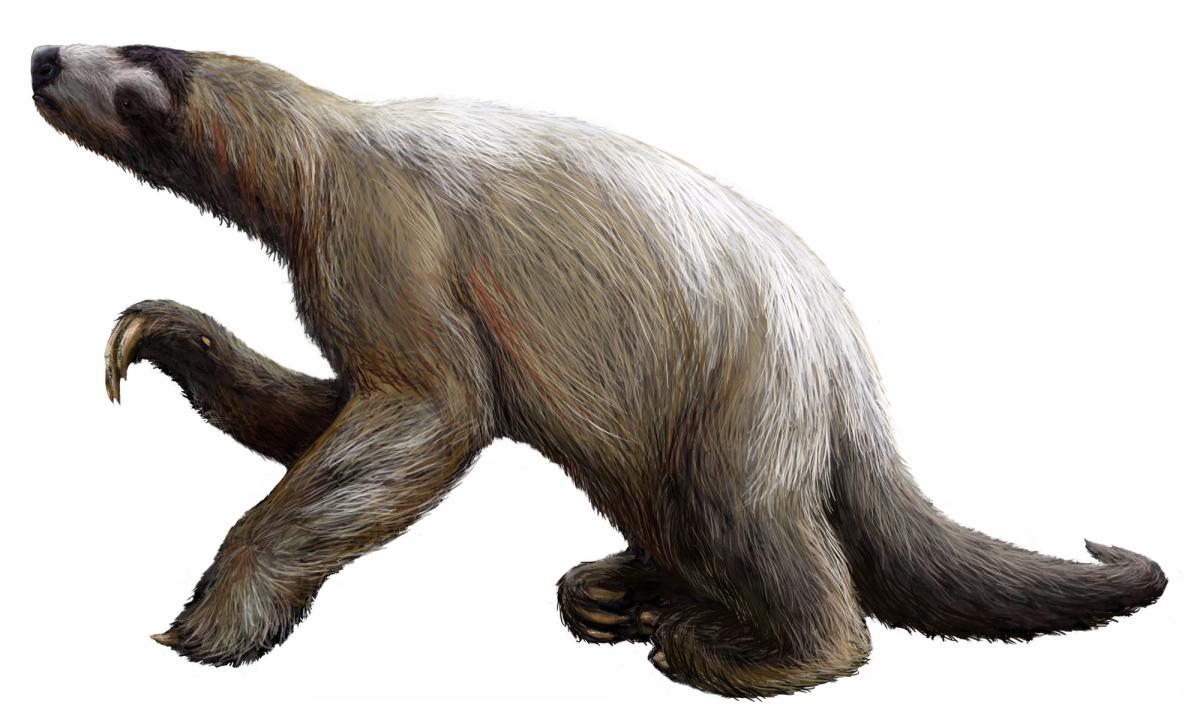
Lets be honest here, today’s sloths are jokes. They are not that big and when put on the ground they are almost completely helpless. Their claws are mostly for show. Meet the Giant Ground Sloth and tremble. This beast was as big as an elephant – 6 meters tall and had the mass of 4-5 tonnes. At first it was assumed that he harvested plants for food but recent discoveries showed that he may have scavenged for animal corpses. His feet were very peculiar and his movement was a sight to behold for sure. It disappeared about 8 000 years a
go either because of the climate change or being hunted down by humans.
Giant Deer
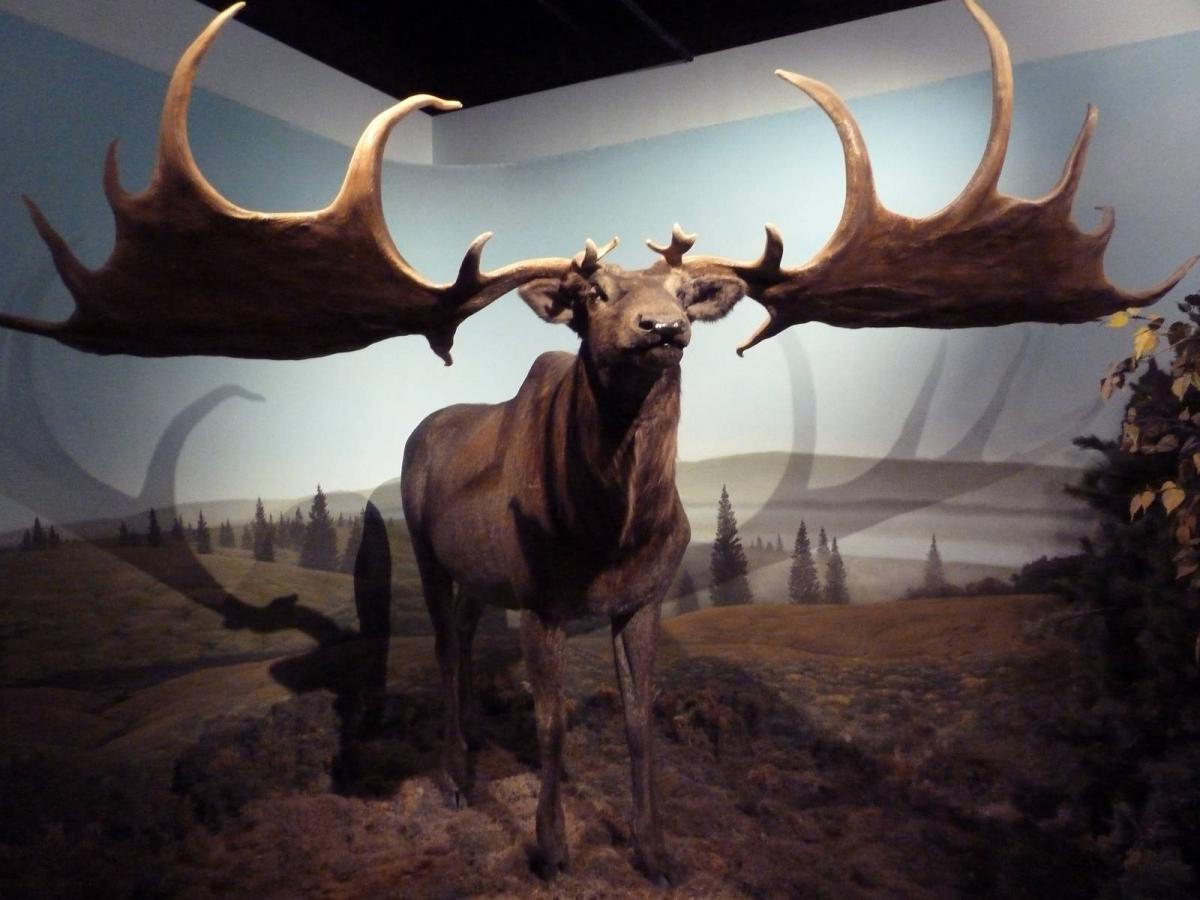
It was first found in Ireland, lately across Europe and even Asia. This deer was not that impressive in size, 2.1 meters tall is only slightly above the biggest stags of today. His antlers however were huge and massive, up to 40 kilograms and 3.6 meters long. What was the reason for them? Sexual drive of course. Females will go after the deer with biggest antlers and when it comes down to a fight they also give a big advantage. So in a nutshell: natural selection, baby! They still disappeared though.
Giant Cuban Owl
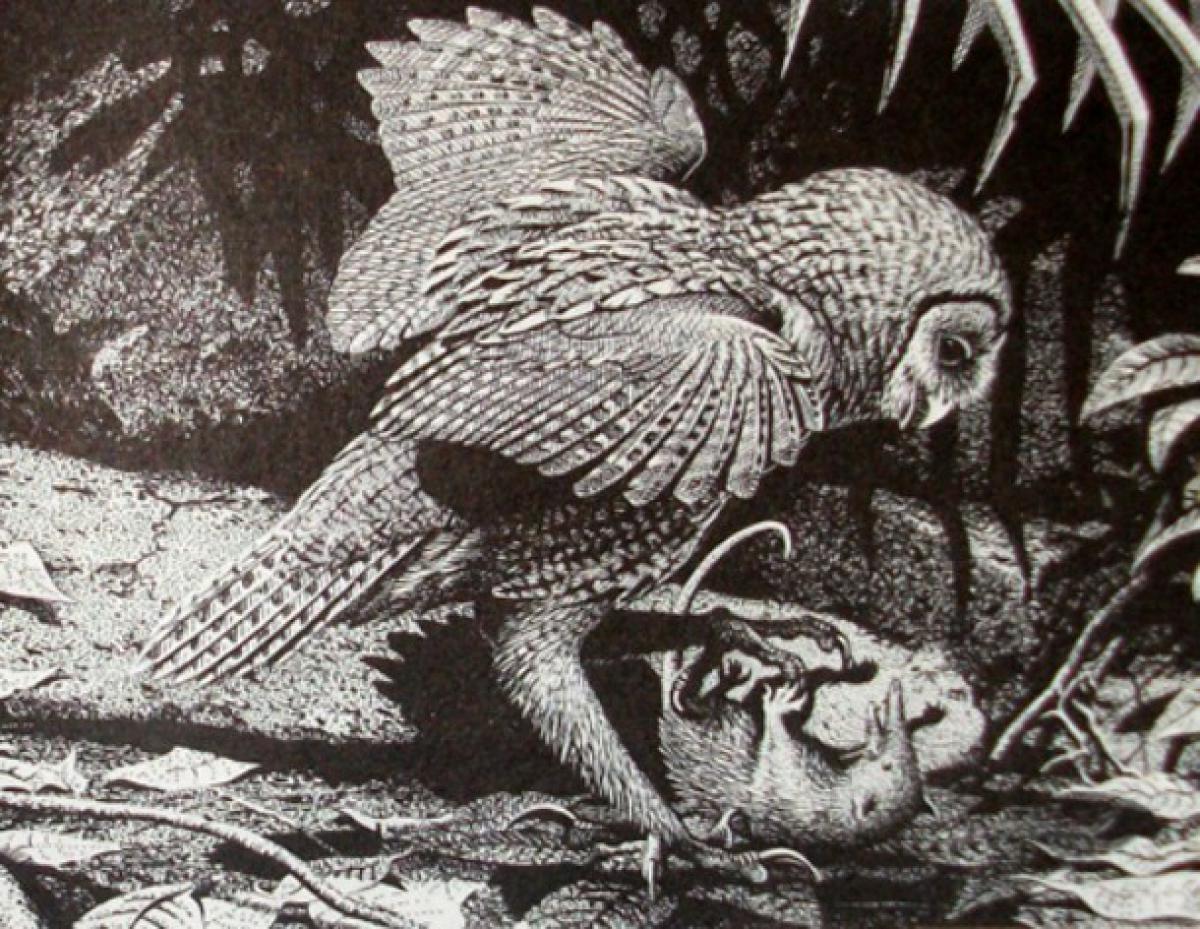
When we think of owls we picture a very efficient night predator, who can silently dispatch of their victims in the dark. Except for the Cuba’s Giant Owl apparently. It was double the size of a normal one and double the weight(around 10 kilograms). Because of that the bird preferred to stay on the ground and hunt its prey during the day. The owl prospered because Cuba lacked big predators, that is until the humans arrived. The Giant Owl went extinct about 8 000 years ago, only its bones left deep inside the ground.
Elephant Bird
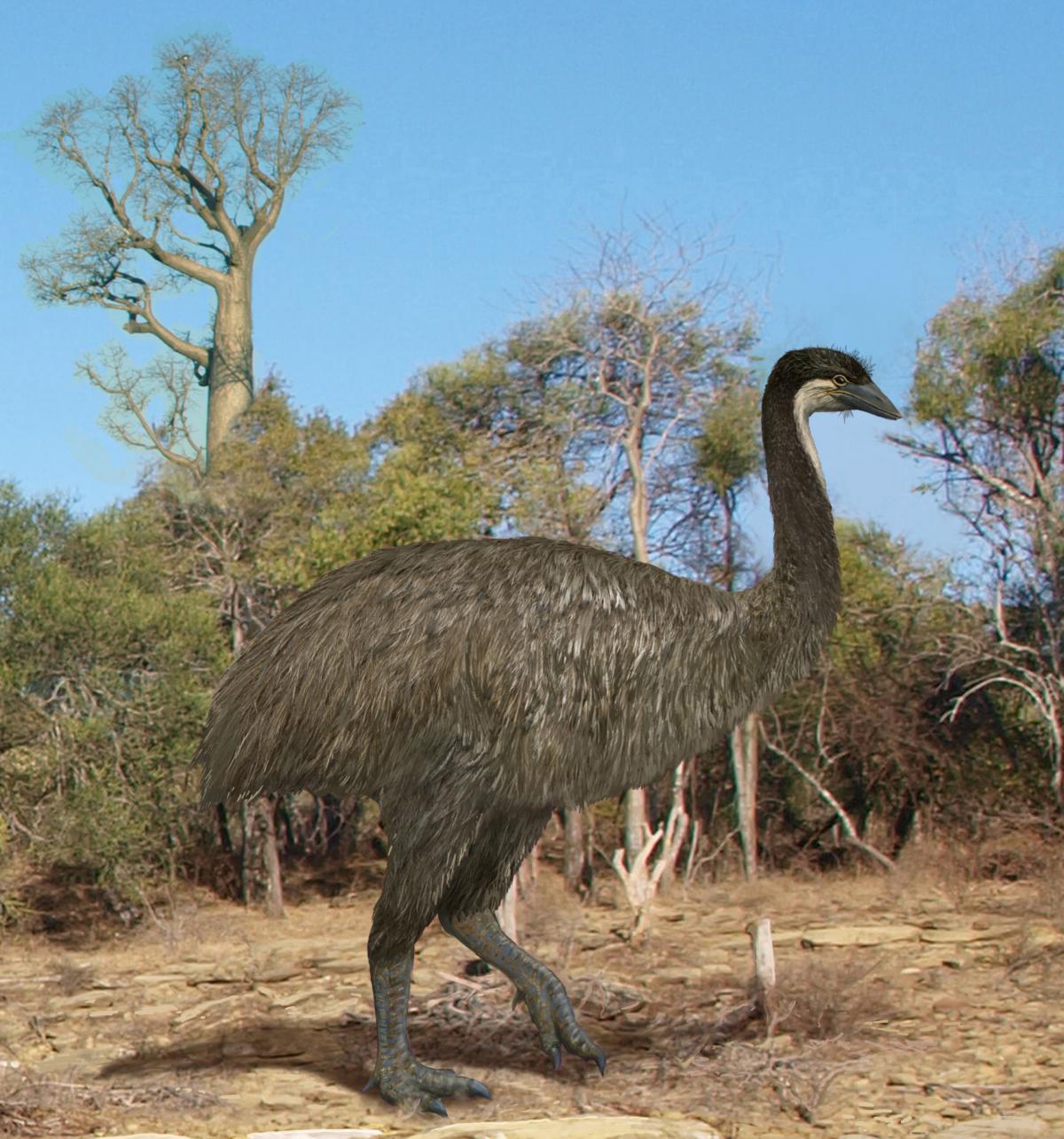
One of the biggest ground dwelling birds, cousin of the ostrich and emu, lived in Madagascar. It was huge, the biggest one was 3 meters high and weighed almost half a ton. This is extremely bulky, but these birds had no problem moving around on their massive legs. Life on Madagascar was very simple, because there were so few predators. Things changed dramatically when humans arrived and started hunting the big birds for meat, and their pets destroyed the eggs. This happened 2000 years ago and since then the Elephant Bird is no more. We still have the ostriches and emus though.
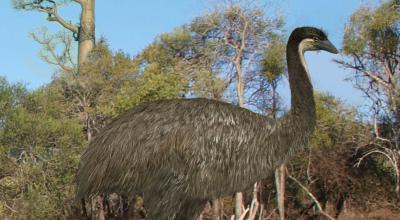
Leave a Reply